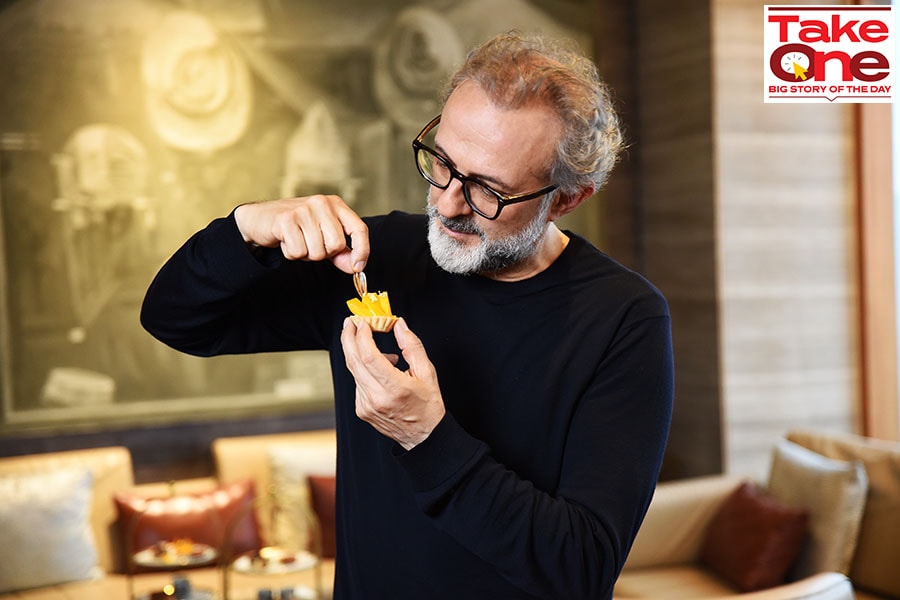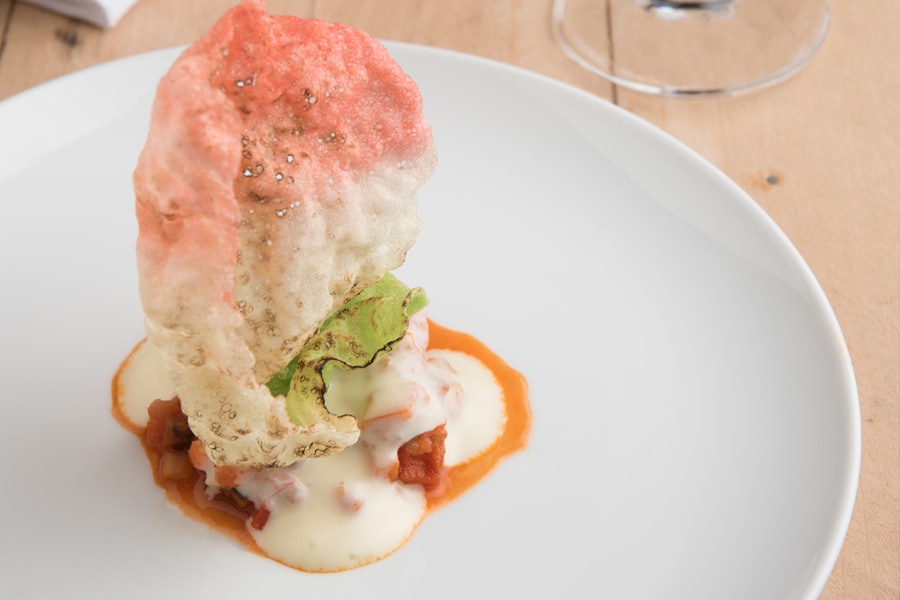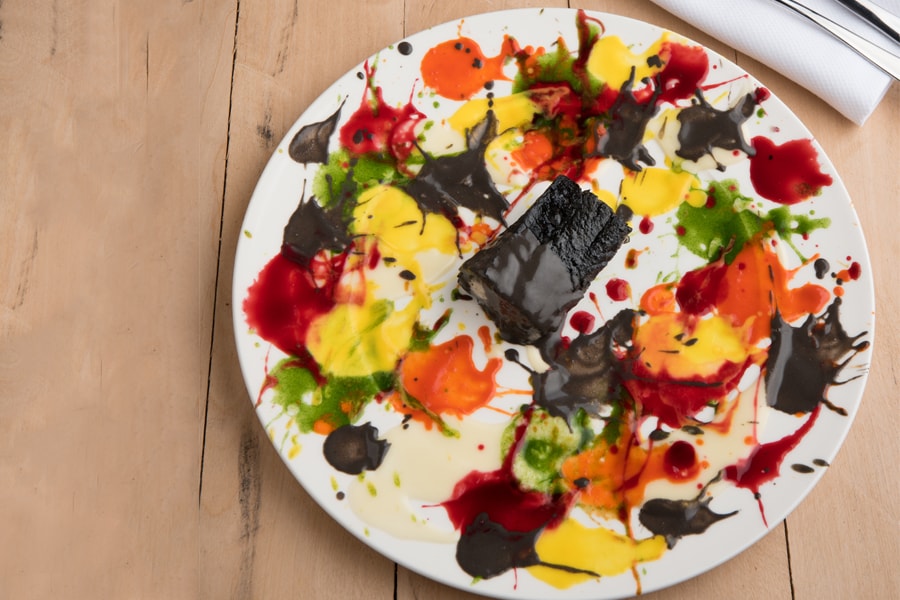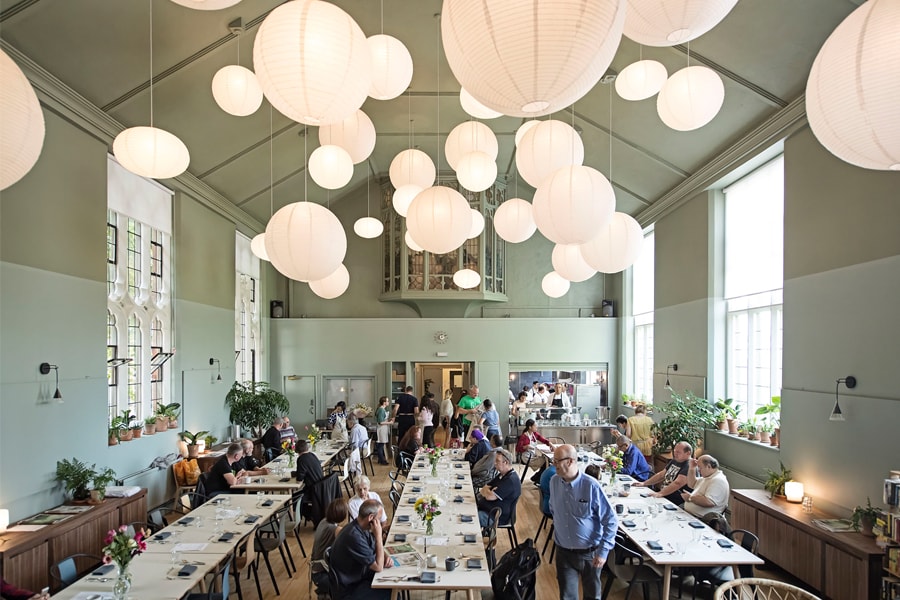
Massimo Bottura: Chef with a cause
Among the world's most celebrated chefs, Massimo Bottura is using his passion for food to usher in conscious dining
 Massimo Bottura's restaurant Osteria Francescana, in the Italian town of Modena, has twice been ranked the best in the world Image: Culinary Culture
Massimo Bottura's restaurant Osteria Francescana, in the Italian town of Modena, has twice been ranked the best in the world Image: Culinary Culture
A little while before we sat down for a chat, Massimo Bottura had eaten a hearty North Indian lunch, the kind that’s usually rounded off with an afternoon nap. Would he really like to go on with the interview instead, we ask? “Of course,” he says.
Bottura is nearly 60, had landed in Mumbai the previous night, and was gearing up to cook back-to-back dinners in collaboration with Masters of Marriott Bonvoy and Culinary Culture over the next two days. But nothing, neither jet lag nor the searing April heat in the city, could rob him of his spunk and vigour.
“I’ve always had lots of energy,” says the celebrated Italian chef. “When my mother had to persuade my father to not force me to study law, she told him, ‘You see how much energy Massimo has? It might be a problem if it’s not channelled in the right direction. Let him do what he wants to’.” It must have been as convincing an argument as any, for Bottura senior, who was opposed to his culinary pursuits, finally relented. Bottura dropped out of law school soon after, and within one week, zeroed in on a restaurant on the outskirts of Modena, his hometown, to launch Trattoria del Campazzo.
That was 1986. Thirty-six years on, Bottura is recognised as one of the world’s foremost chefs. Osteria Francescana, the restaurant he started in Modena in 1995 (after stints in Monaco and the US, and selling off Trattoria del Campazzo), has been awarded three Michelin stars, the Holy Grail in the industry, and has consistently ranked among the top five in The World’s 50 Best Restaurants through much of the last decade. Twice, in 2016 and 2018, it bagged pole position, the first Italian restaurant to do so. A 12-course tasting menu here will set you back by 320 euros (over Rs 26,000), but that’s only if you can get in. Osteria Francescana has a six-month waiting list, with bookings in May fetching you a table only in November. The Mumbai seatings that had 60 guests each night were also sold within minutes despite a steep Rs 35,000+ price tag (guests for the first night had to make a donation to the Sharanam Centre for Girls in Dharavi).
But Bottura isn’t as voluble about his three Michelin stars, as he is about his fourth: The green star, which he calls the most important and is awarded to restaurants that “combine gastronomic excellence with eco-friendly commitments”. It not only establishes him as a culinary powerhouse, but also underlines his commitment to sustainability and his crusade against food wastage.











